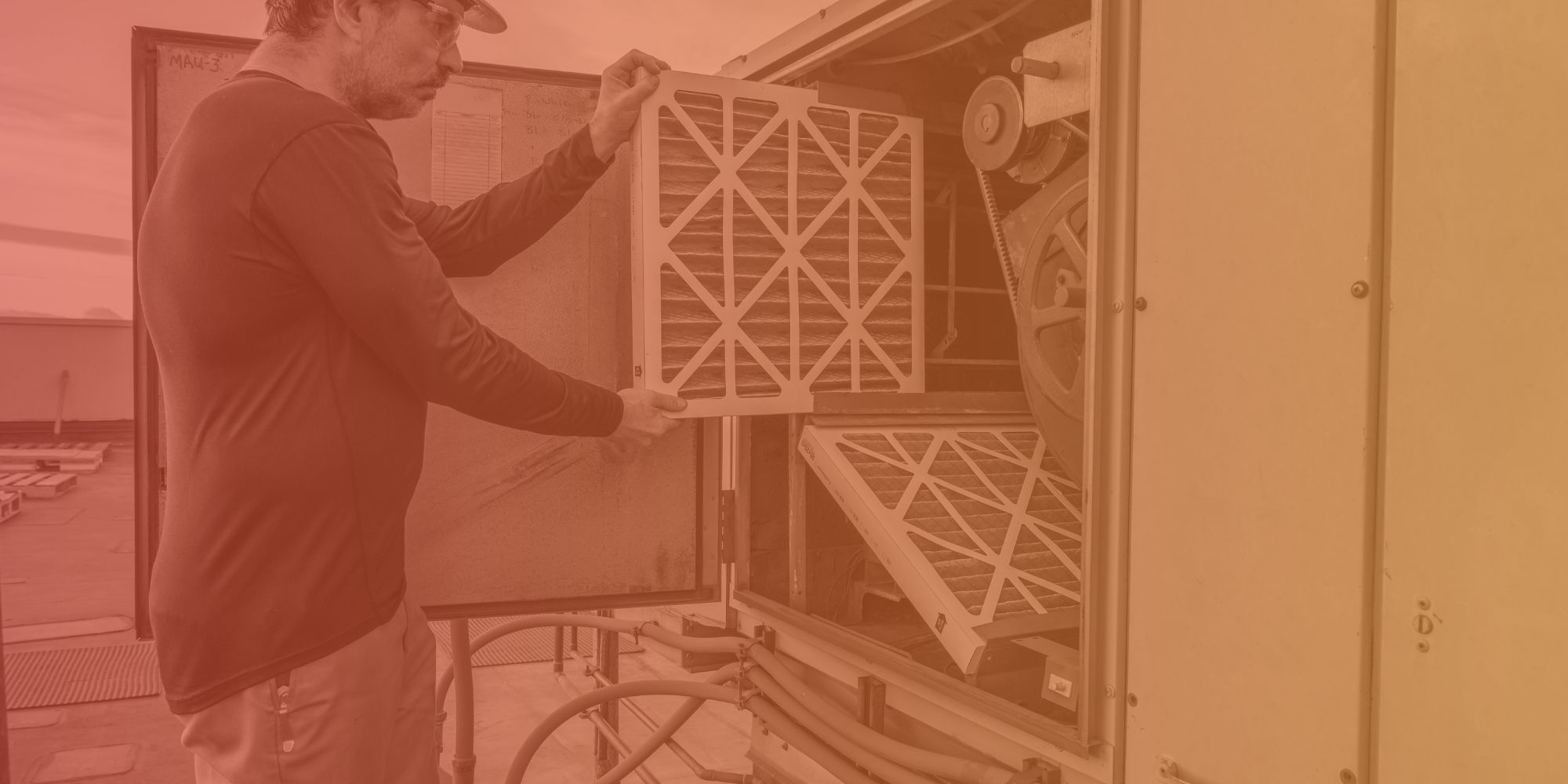
Building maintenance is vital to preserving a property’s usefulness, safety, and value. An effective preventive maintenance plan can help commercial property owners prevent buildings from falling into disrepair ultimately safeguarding tenant productivity, marketability and value. While implementing a strategic maintenance plan can be daunting, prioritizing five simple areas can help position your property for success.
The first step to creating a preventive maintenance plan is to make a thorough checklist. A checklist helps to establish consistency and keep tasks on-schedule. This document will also helps to organize owner assets and assign necessary tasks while taking into account priority and frequency. It also ensures maintenance is documented properly, performed consistently, and introduces a layer of accountability to the plan. The standard of oversight and care created by developing a basic plan is invaluable to the property management team.
To help, our team has compiled the basics to help you create a plan and understand some priority items.
Life Safety Is Priority:
Tenants work better when they feel at ease in their environment, so ensuring tenant safety is critical when managing a commercial property. Routine inspections of various alarm systems including smoke alarms, fire exits, and security systems prepare the building for an emergency and can expose potential hazards before they put tenants at risk. Life safety inspections should be performed per code requirements to ensure the building is always in compliance. Prioritizing tenant safety first supports a strong tenant relationship and illustrates a priority to health and safety issues in the building.
Maintain and Update Electrical Systems:
Electrical systems are the powerhouses of a commercial property because they are responsible for both tenant safety and efficiency. Identifying outdated wiring, strained circuits, and inoperative equipment limits safety hazards and prevents disrepair to a property’s major systems such as HVAC and lighting. Inspections should take place annually to avoid complex issues. While critical to all tenants and owners, industrial properties are probably the most reliant on robust power systems. Upgrades and regular service helps keep tenants online.
Keep-up with HVAC System Checks:
Comfort is key in commercial properties, and like other building systems, the HVAC has to be managed and maintained routinely. The overall cost to replace these systems can be overwhelming, so in addition to tenant comfort, the simple longevity of the investment means maintenance is key. HVAC systems control air temperature and quality to create a comfortable climate for tenants. Regular inspections, air duct cleanings, filter replacements, and necessary adjustments improve system lifespans, enhance performance, and prevent equipment breakdowns. Inspections should be performed seasonally.
Survey Plumbing Systems:
Plumbing systems are another critical building system that needs regular attention. Small leaks can quickly escalate into large problems requiring significant repair and likely tenant disruption. Regular inspections can identify potential leaks, wear, and blockages before they develop into larger issues.
Exterior Maintenance:
The building exterior is a commercial property’s first impression. However, exposure to the elements means that neglect in this area can result in unsightly problems quickly. Typical concerns related to the building exterior include roofing, caulking around openings, intrusion from wildlife, and more. Every building is different, so specific SOPs need to be set along with personnel training for work to be done both efficiently and consistently.
Identifying these 5 major areas of focus will be helpful as your team works to create a preventive maintenance plan that protects the property. If you need a maintenance team to serve as support for your team, or if you are taking the first steps in your preventive maintenance plan, Ciminelli’s team of property managers is ready to provide solutions. We conduct personalized preventive maintenance to maximize equipment and building lifespans while identifying potential issues before they disrupt tenants and property owners.
